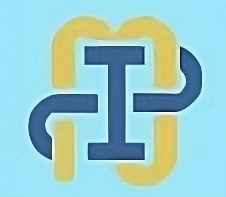 International Journal of
International Journal ofAquatic Research and Environmental Studies
 International Journal of
International Journal ofImage segmentation and classification of aquatic plants using convolutional neural network
Ashu Nayak Kapesh Subhash RaghatateMany advancements have been made in recent years to solve the difficulties posed by hyperspectral images. Several mathematical restrictions are used to address common problems such as regression, segmentation, spectral end-member analysis, and classification. However, the spectral domain continues to be the focus of most research. The development of new spatial-spectral techniques is necessary since high resolution remote sensing spatial pictures are now available. Nonetheless, hyperspectral imaging is still a relatively new idea in the field of computer vision. Low-level image processing, such as how to obtain and process hyperspectral images with fine spatial resolution, how to remove noise in hyperspectral images, and so forth, is the subject of very little of the current research. In the realm of hyperspectral image processing, feature extraction algorithms are either nonexistent or have very little work. Hyperspectral photography offers a greater range of applications in agriculture, industry, military detection, underwater life preservation, mineral mapping, vegetation mapping, and more because of its superior categorisation capability. However, a lack of fundamental techniques has hampered the spectral region study. Spatial dimension approaches from the field of computer vision are not considered in the current methodologies. A solid scientific basis is still required for hyperspectral imaging. It is anticipated that hyperspectral imaging will become more prevalent in the field of remote sensing in the upcoming years, and that using both spectral-spatial feature extraction techniques will have an effect on the success of hyperspectral image processing methods.